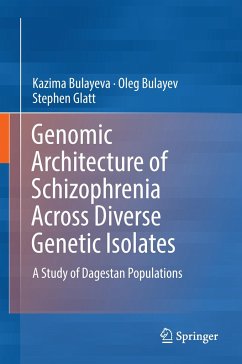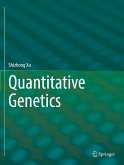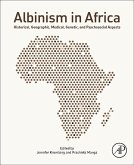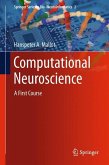This book presents a long-term study in genetic isolates of indigenous small ethnics of Dagestan, located in the North-East part of Caucasus in Russia. Dagestan is characterized by extreme cultural and linguistic differences in a small geographic area and contains 26 indigenous ethnic groups. According to archeological data these indigenous highland ethnics have been living in the same area for more than ten thousand years. Our long-term population-genetic study of Dagestan indigenous ethnic groups indicates their close relation to each other and suggests that they evolved from one common ancestral meta-population. Dagestan has an extremely high genetic diversity between ethnic populations and a low genetic diversity within them. Such genetic isolates are exceptional resources for the detection of susceptibility genes for complex diseases because of the reduction in genetic and clinical heterogeneity. The founder effect and gene drift in these primary isolates may have caused aggregation of specific haplotypes with limited numbers of pathogenic alleles and loci in some isolates relative to others. The book presents a study in four ethnically and demographically diverse genetic isolates with aggregation of schizophrenia that we ascertained within our Dagestan Genetic Heritage Research Project. The results obtained support the notion that mapping genes of any complex disease (e.g., schizophrenia) in demographically older genetic isolates may be more time and cost effective due to their high clinical and genetic homogeneity, in comparison with demographically younger isolates, especially with genetically heterogeneous outbred populations.
Bitte wählen Sie Ihr Anliegen aus.
Rechnungen
Retourenschein anfordern
Bestellstatus
Storno








